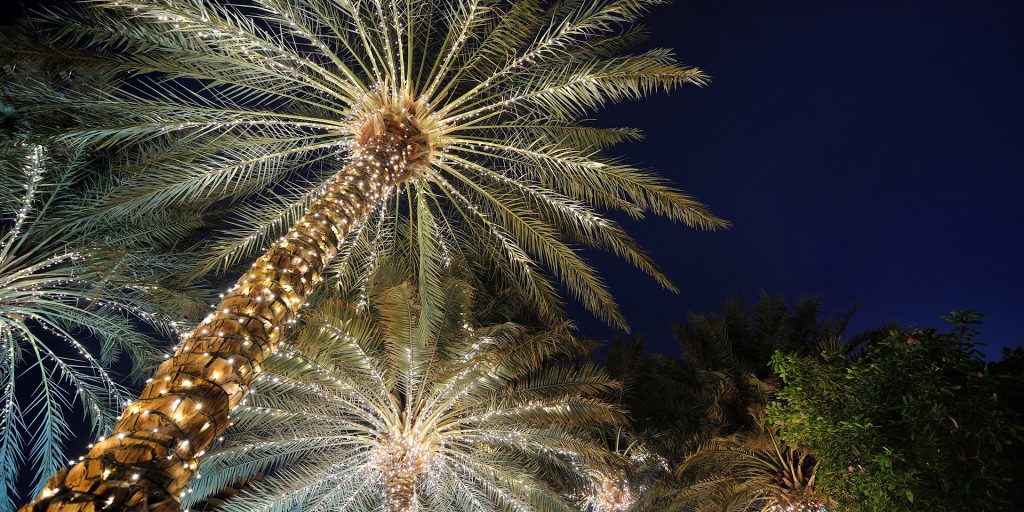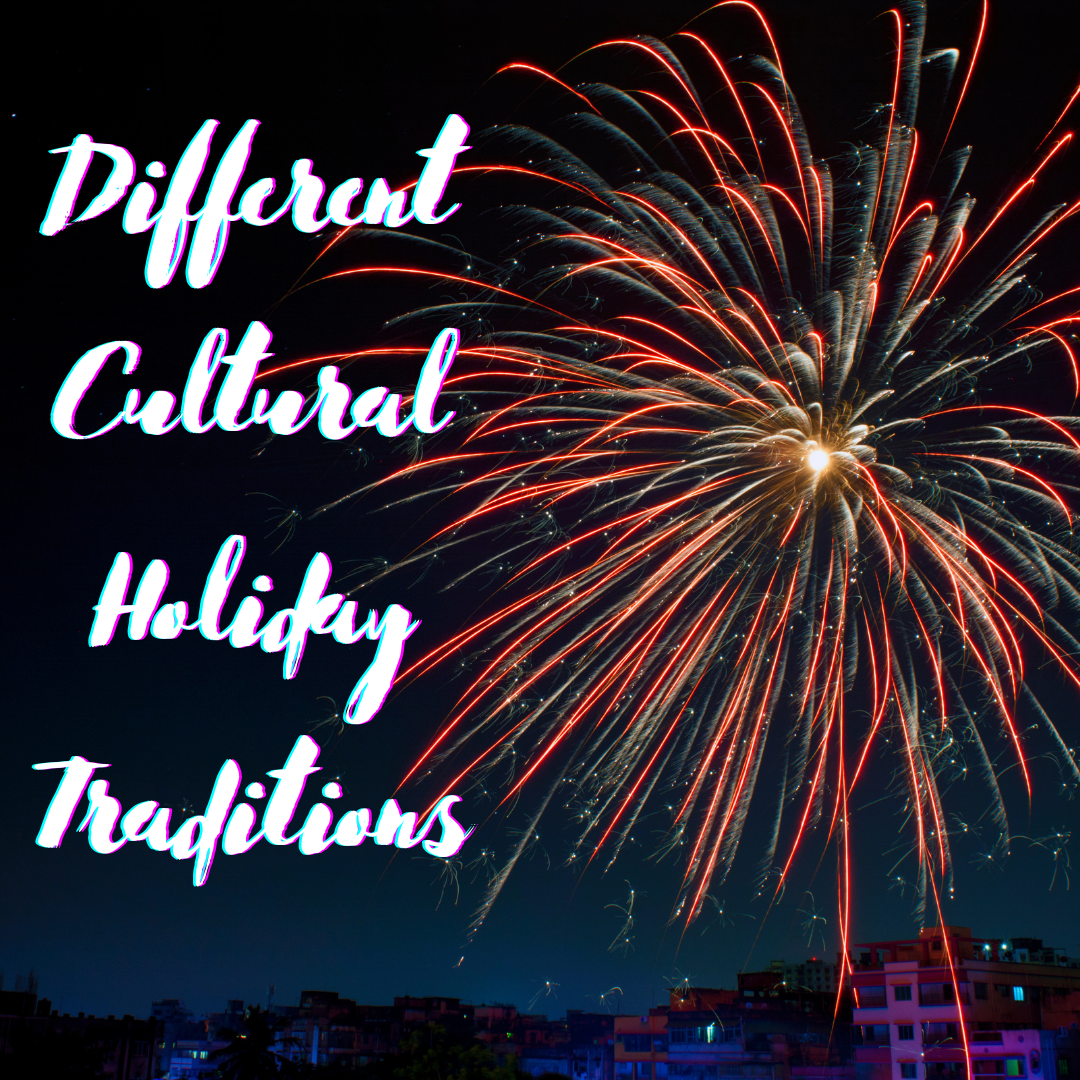Dominican Republic

“Fuegos artificiales” or fireworks are a huge part of Christmas celebrations in the Dominican Republic. In comparison to North America, where fireworks are mostly used by children and teenagers, adults and children use them to bring in the Christmas spirit. There are stands all over the country that specialize in selling them.
There is also a traditional exchange of gifts called ‘Un Angelito’ which translates to “little Angel’. A family or other group of people place the name of each member in a sack and each person picks one out. They must then give that person a gift every week throughout the Christmas holiday. The identity of the giver must remain a secret until the last day they give a gift.
El Salvador

On Christmas Eve, everyone comes together to dance, eat and party. Some people go to mass beforehand. The dinner table is filled with panes de pollo, tamales de pollo, ensalada de papa and quesadilla.
All month long you’ll hear fireworks left and right. But they are a big part of the Christmas Eve celebration especially leading up to midnight before opening presents. On Christmas day, people have made it a tradition to go to the beach for a fun day trip. They relax in the water before getting ready for the New Year celebration.
Philippines
In Philippines, Christmas starts in September.
Almost every Filipino family will start blasting Christmas music and get their trees prepped.
Along with decorations, Parols are the most important.
These Filipino Christmas lanterns lights up in different colors and are hung in the windows.
Some families also make their own parols.
Aside from the home, going to church is significant.
Christmas mass is very important to how Filipinos celebrate Christmas. Masses can start from as early as December 16th and end with a final one Christmas morning.
These gatherings are called “Simbang Gabi” (night mass). About 80.6% of people in the Philippines are Roman Catholic, so these masses are widely attended.
Night parties called Nocha Buena come right after the Simbang Gabi, many foods can be served but it’s likely you’ll find traditional Christmas items like Bibingka and Puto Bumbong.
Overall, Christmas is truly a special time in the Philippines and anybody would be lucky to experience it there themselves. It’s a time to celebrate with your family, friends, anybody you love. Gifts aren’t the focus and blood relation is thrown out the window, it’s all about bringing everyone together



I all the time used to study article in news papers but
now as I am a user of net thus from now I am using net for articles, thanks to
web.
Hello, just wanted to say, I enjoyed this article.
It was practical. Keep on posting!